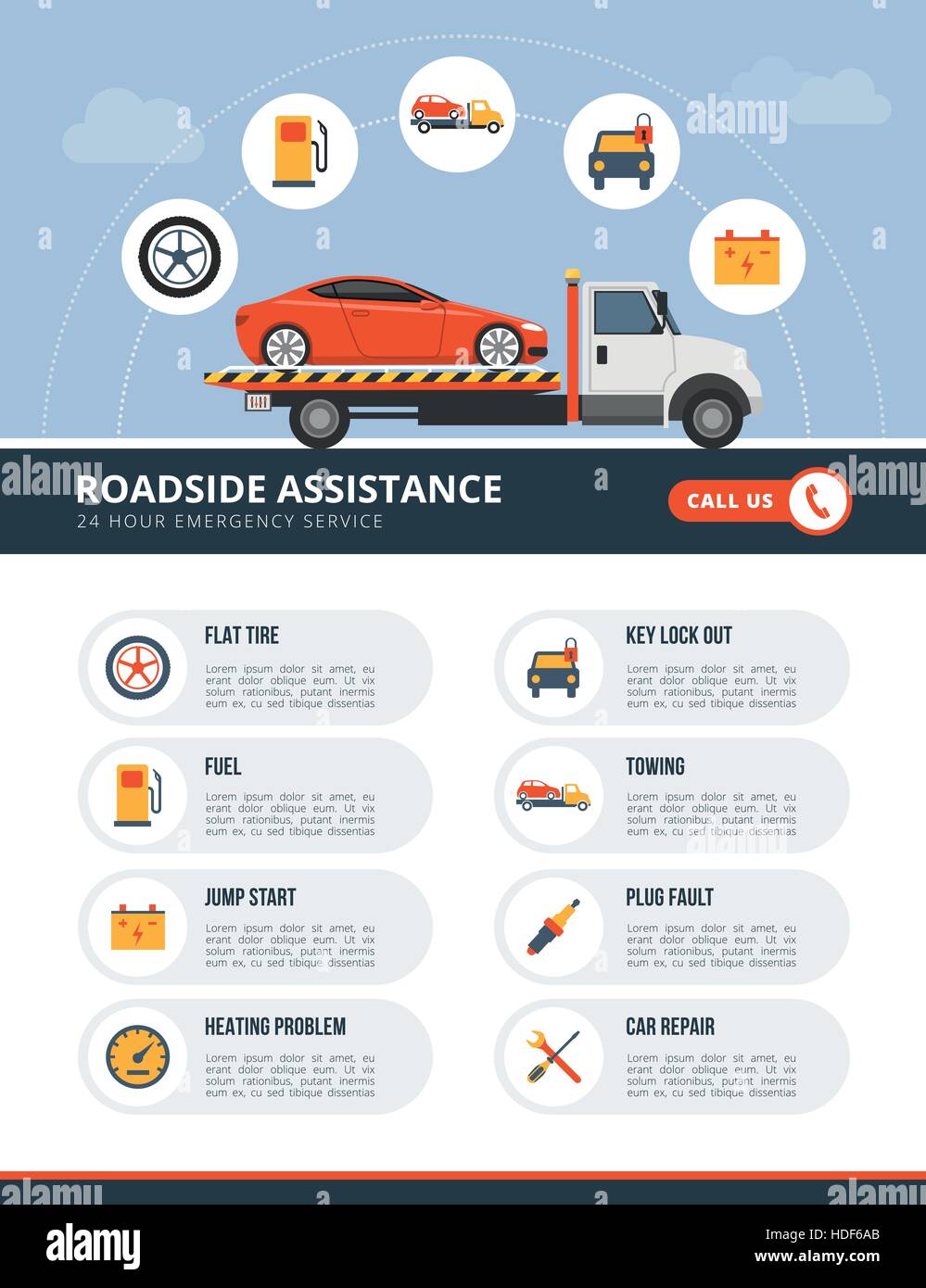Understanding The Definition Behind Your Automobile'S Caution Lighting: A Thorough Look
Understanding The Definition Behind Your Automobile'S Caution Lighting: A Thorough Look
Blog Article
Uploaded By-Sykes Alvarado
When you lag the wheel, those glowing caution lights on your control panel can be a little bit complicated. Do you recognize what they're attempting to inform you concerning your vehicle's health? Recognizing the importance of these lights is essential for your safety and security and the durability of your vehicle. So, the next time among those lights appears, would not you intend to decode its message accurately and take the required actions to resolve it?
Common Caution Lights and Interpretations
Identify common caution lights in your vehicle and understand their meanings to make sure secure driving.
One of the most common warning lights include the check engine light, which signifies problems with the engine or discharges system. If this light comes on, it's crucial to have your vehicle checked quickly.
The oil pressure alerting light shows low oil stress, calling for immediate interest to stop engine damage.
A flashing battery light may recommend a defective billing system, potentially leaving you stranded otherwise dealt with.
The tire stress surveillance system (TPMS) light informs you to low tire stress, influencing vehicle security and gas efficiency. Disregarding this can bring about unsafe driving conditions.
The abdominal light indicates a trouble with the anti-lock stopping system, compromising your ability to stop promptly in emergencies.
Last but not least, the coolant temperature level warning light warns of engine getting too hot, which can cause extreme damage if not solved swiftly.
Comprehending these common caution lights will help you address issues quickly and preserve safe driving conditions.
Significance of Prompt Attention
Understanding the typical warning lights in your auto is just the first step; the significance of immediately attending to these warnings can't be highlighted enough to ensure your safety when driving.
When a warning light brightens on your control panel, it's your cars and truck's way of communicating a prospective problem that needs focus. Ignoring these cautions can lead to much more severe problems down the road, endangering your safety and security and potentially costing you a lot more out of commission.
Prompt attention to advising lights can protect against breakdowns and crashes. For example, a blinking check engine light could show a misfire that, if left unattended, might cause damages to the catalytic converter. Resolving this without delay can save you from a pricey fixing.
Similarly, a brake system warning light might signal reduced brake fluid or used brake pads, essential elements for your safety and security when driving.
DIY Troubleshooting Tips
If you observe a caution light on your dashboard, there are a couple of DIY troubleshooting tips you can attempt prior to looking for professional aid.
The first step is to consult your auto's guidebook to understand what the certain caution light suggests. Sometimes the concern can be as basic as a loosened gas cap activating the check engine light. Tightening https://car-brakes-near-me94949.izrablog.com/30484596/raise-your-car-describing-methods-with-seasonal-guidance-to-guarantee-your-auto-remains-glowing-and-protected-discover-exactly-how-to-browse-the-particular-obstacles-that-each-period-brings may solve the problem.
An additional usual issue is a low battery, which can set off different advising lights. Checking the battery links for rust and guaranteeing they're safe may deal with the problem.
If a warning light continues, you can try resetting it by separating the car's battery for a few mins and after that reconnecting it. In https://www.nydailynews.com/new-york/nyc-crime/ny-police-seek-shooter-auto-shop-killing-20210825-vqknfh6wszgcdd4qd4u54oh7pq-story.html , checking your lorry's fluid degrees, such as oil, coolant, and brake fluid, can aid repair cautioning lights associated with these systems.
Verdict
Finally, recognizing your vehicle's caution lights is crucial for keeping your car running smoothly and safely. By promptly dealing with these signals and understanding what they suggest, you can avoid expensive repair services and potential break downs.
car detailing supplier in mind to consult your car's guidebook for particular details on each advising light and take action accordingly to guarantee a hassle-free driving experience.
Keep informed, remain risk-free when traveling!
